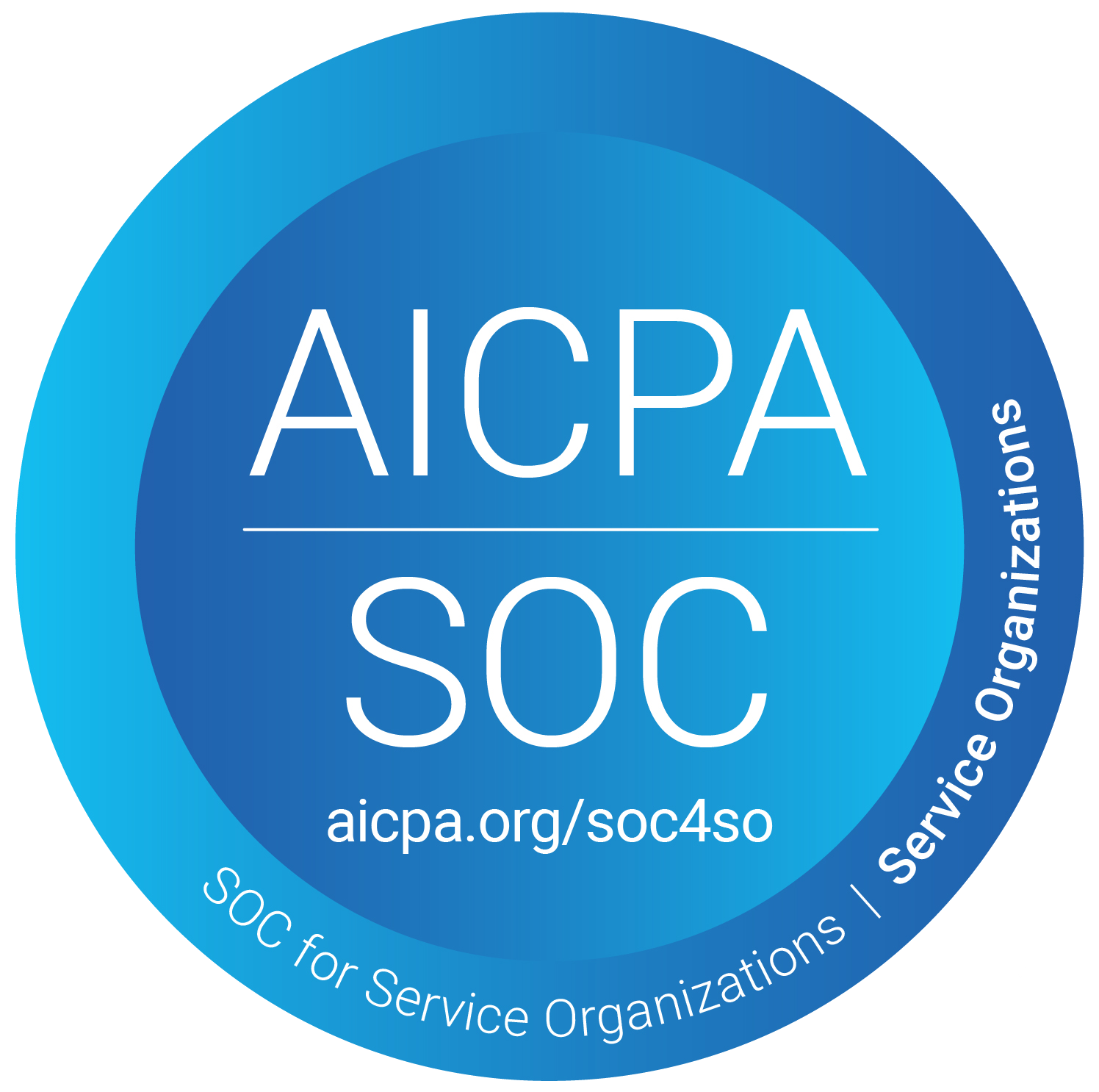In an age when social responsibility rests with all of us, ESG is becoming an important asset to companies in every industry. In light of this, we explore how the ESG revolution has affected the finance-and-accounting function within organizations and the challenges that must be overcome.
What is ESG?
ESG stands for environmental, social, and governance and refers to the factors of a business that investors take into account — alongside financial performance — when considering making sustainable investments.
A 2017 survey of 475 financial institutions by State Street Global Advisors found that 68% of respondents said that meeting ESG criteria boosted their returns and 84% said that they were satisfied or very satisfied with the financial performance of their ESG strategy.
However, the survey also found that 56% of respondents found it difficult to accurately assess their external ESG asset managers, and 49% said that costs prevented them from incorporating ESG into their portfolios.
So while there is clearly a drive to take ESG seriously, there is also both a cost involved and a lack of transparency in the way these metrics are communicated.
The demand for change
The demand for taking ESG incorporation and reporting seriously has been driven by shareholders, customers, and other stakeholders. While it has been around since the mid-2000s, it is now being accelerated by a combined effort from the World Economic Forum, International Business Council, and the Big Four accounting firms (Deloitte, EY, KPMG, and PwC). In the Davos Manifesto 2020, these organizations established 22 core metrics by which companies should report their ESG results. These became known as the Stakeholder Capitalism Metrics, comprising four pillars (Principles of Governance, Planet, People, and Prosperity), which each encompass various related themes. These pillars and themes allow companies to measure their ESG efforts in these areas and get an overall ESG result. In saying that, it is worth noting that this has not yet become standardized because ESG disclosure regulations differ all over the world; it is therefore difficult to establish a robust, uniform set of metrics that works for everyone.
The pressure to accurately report and make progress on ESG factors is mounting for businesses. Large institutional investors are demonstrating their commitment to ESG and motivating their portfolio companies to follow suit. In 2020, BlackRock voted against the management of several portfolio companies due to them not including their climate risk in their business models and identified 191 other businesses who presented insufficient or worrying climate-related practices. State Street also announced that they would take action against company boards that underperformed in ESG.
And that’s just based on today’s broadly accepted ESG metrics; there is also an argument that corporate income tax should be an important ESG inclusion. This could mean that ESG demands may evolve to include the disclosure of businesses’ tax policies and governance processes relating to tax. A 2020 article from Harvard Law School states that companies should be aware of the possibility of country-by-country public disclosure of tax affairs as part of their ESG reporting in the future.
With such high stakes, it is becoming increasingly important for companies to clearly demonstrate how they are meeting ESG criteria; not simply state that they are. But it doesn’t come for free — both in terms of the cost of changing business practices to be compliant and the cost of extracting data from across the business to be able to demonstrate it. So we ask: is the current technology approach up to the challenge of reporting ESG data accurately and consistently?
The processes of ESG reporting
Although ESG in itself is not new, the absence of any agreement on standards in ESG reporting means that there is a distinct lack of technology and software that covers what ESG reporting requires. Therefore, it’s typical for companies to gather, assess, and present the data through a series of manual and time-consuming processes. And with ESG data coming from many different departments within an organization, the differing nature of the data throws up its own challenges.
For example, ESG demands that corporations report on the social factors of their business, such as employee metrics, ethical supply chain information, and employee safety. It also requires companies to capture data on the demographics of their workers, such as their gender, sexuality, ethnicity, and disabilities. Keeping these records up to date is a tough manual task that is made all the more challenging by much of the data being sensitive, personal information. So even if collection were automated, there would still be a severe risk of the data being exposed without secure and reliable technology to gather and store it.
There is also the challenge of accurately sourcing data relating to greenhouse gas emissions, safety, and corporate governance. Each of these may be the responsibility of a different department and potentially a different IT system, adding another time-consuming aspect to the duty of ESG reporting.
Where does this all lead? As with much of the data produced by a large organization, it is the finance and accounting department that is typically responsible for accurately recording and reporting on key metrics. Just as organizations report their financial results to outside investors, so too do they report on their ESG efforts. This makes the finance function a key player in the ESG revolution.
How the finance function is adapting
There has been significant investment in recent years in finance transformation, which has allowed finance and accounting teams to get away from the manual processes of previous decades. So if ESG reporting is to be added to the responsibility list, it’s important that this isn’t a return to manual processes. Digital transformation isn’t just about having shiny new tools to work with; it’s a way to improve process efficiency and make tasks easier — it’s about being able to have the information to hand without considerable effort needed each time.
Manual processes also bring with them further disadvantages: all those Excel sheets, emails, system reports, and documents can become siloed and suffer from version control problems. This creates a lack of transparency — a crucial issue when trust and accountability are paramount.
This situation with ESG can be likened to the way organizations are now dealing with intercompany transfer pricing — a key business process that comes under high levels of scrutiny but which has historically been performed on spreadsheets and through manual entries. Here, technology has replaced Excel and has brought transparency, auditability, and trust to the process. The situation is still in flux — as OECD guidelines are yet to flow through to become the accepted norm — but finance and tax departments take it seriously and are prepared to invest to improve the accuracy, efficiency, and transparency of the process.
The need for new technology
It is clear that ESG and its reporting must be taken seriously and that the current technology stack used by many organizations simply isn’t up to the job. According to a 2022 survey of 300 US finance, accounting, legal, and sustainability executives by Deloitte, 92% of respondents said that their company needed to invest more in new technology for reliable, consistent ESG measurement and reporting.
The benefits of investing in better technology for ESG are numerous, and they’re not all about the accuracy of the reports or saving time for employees. Digital technology can greatly help governance duties, such as facilitating quicker decision making and providing better transparency of the company’s strengths and weaknesses as a whole.
Conclusion
ESG is a crucial part of doing business in the 21st century. As well as being the right thing to do, its importance to customers and shareholders means it cannot be left as an afterthought.
This change has brought a new remit to the finance function. It’s a change that is to be welcomed, and it’s here to stay. But it needs to become simpler and better integrated into company practices.
We know that technology has consistently made business and financial processes easier and more efficient in the past. There is now a growing body of evidence that suggests that there is a real need for state-of-the-art technology that is reliable and flexible enough to handle the ever-changing requirements for ESG reporting. We’re interested to see what the next chapter in the ESG revolution holds.



 US
+1 800 961 9640
US
+1 800 961 9640

